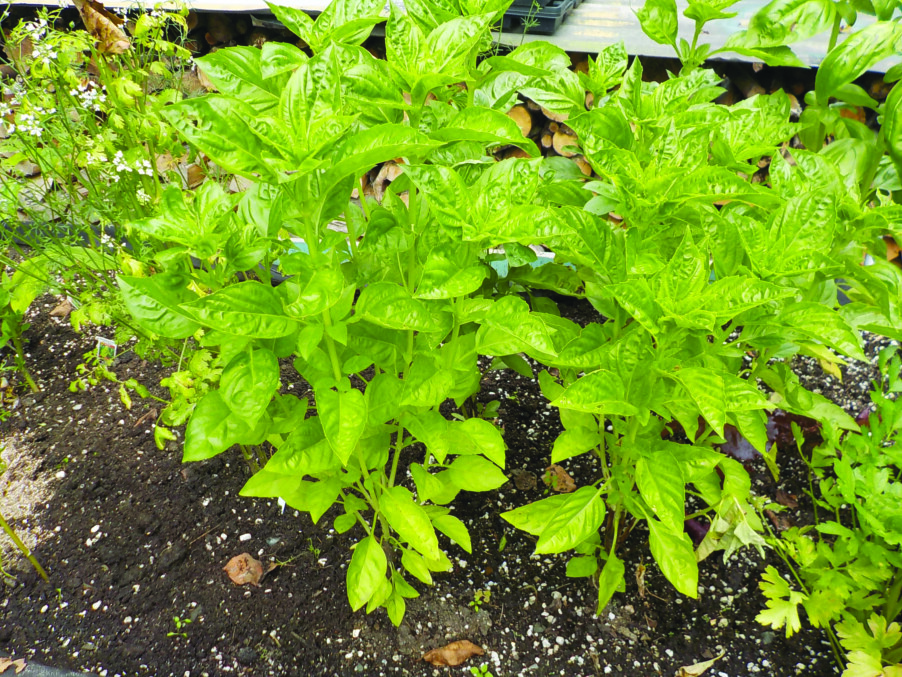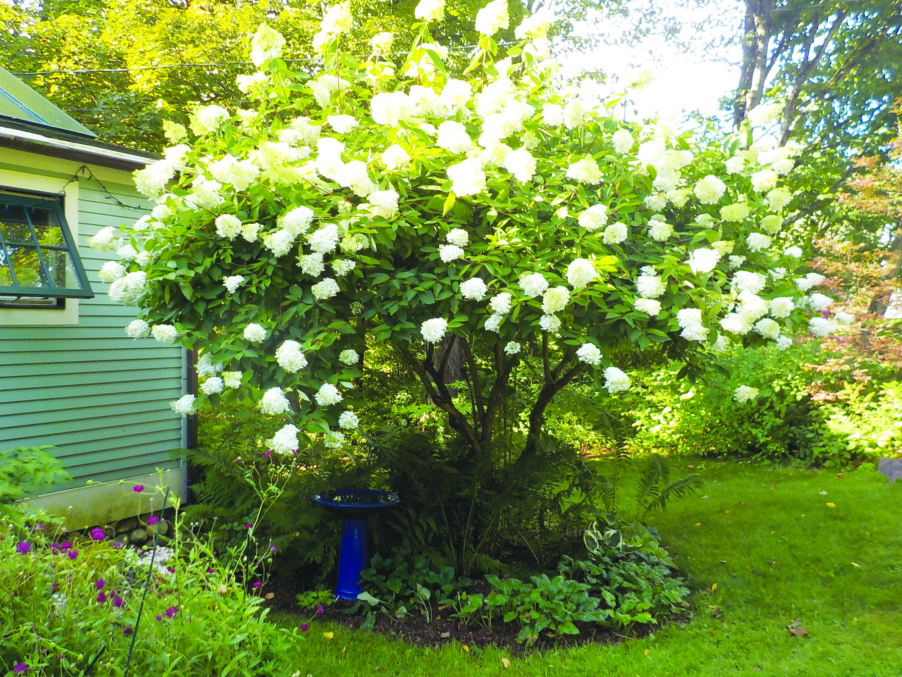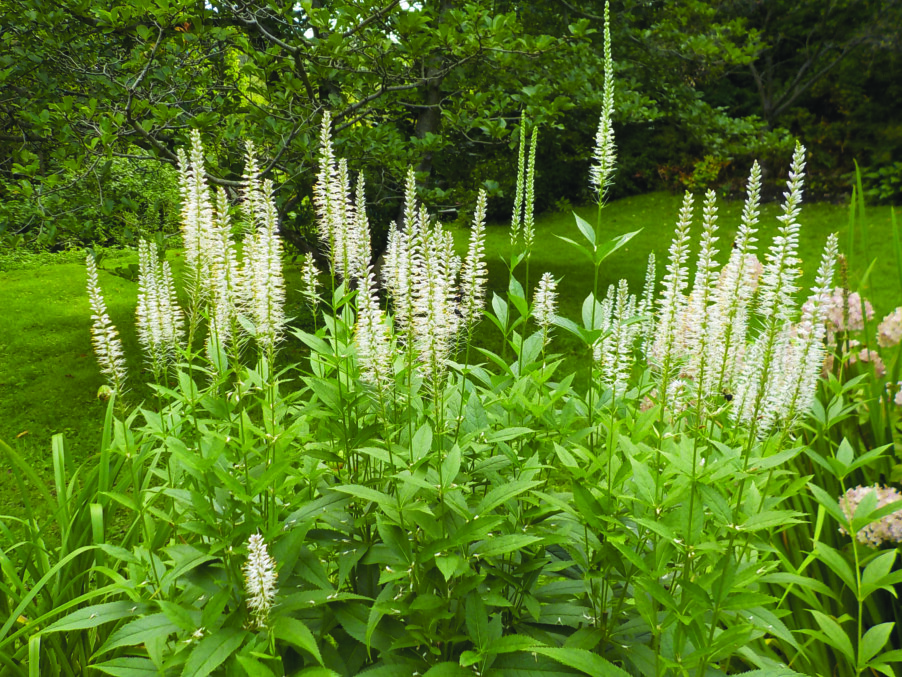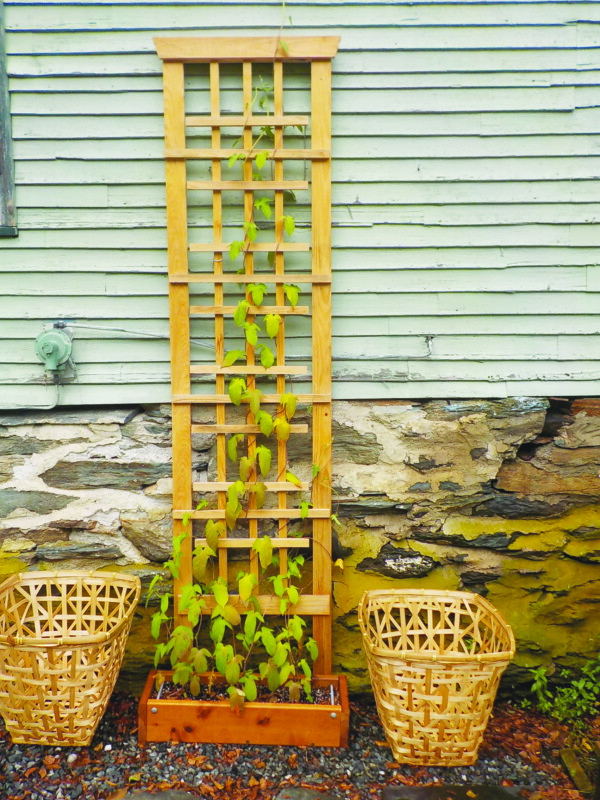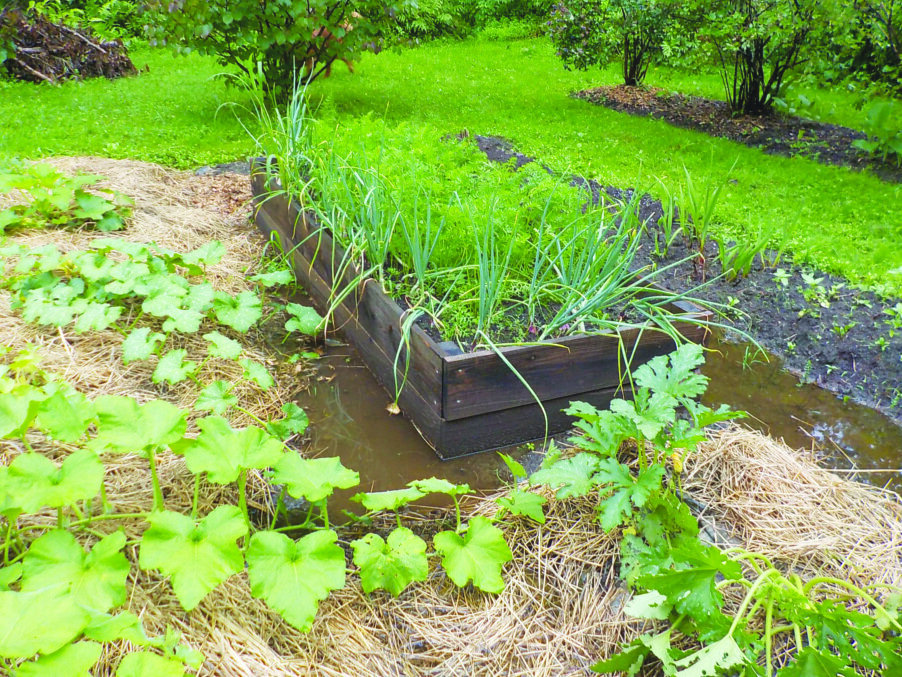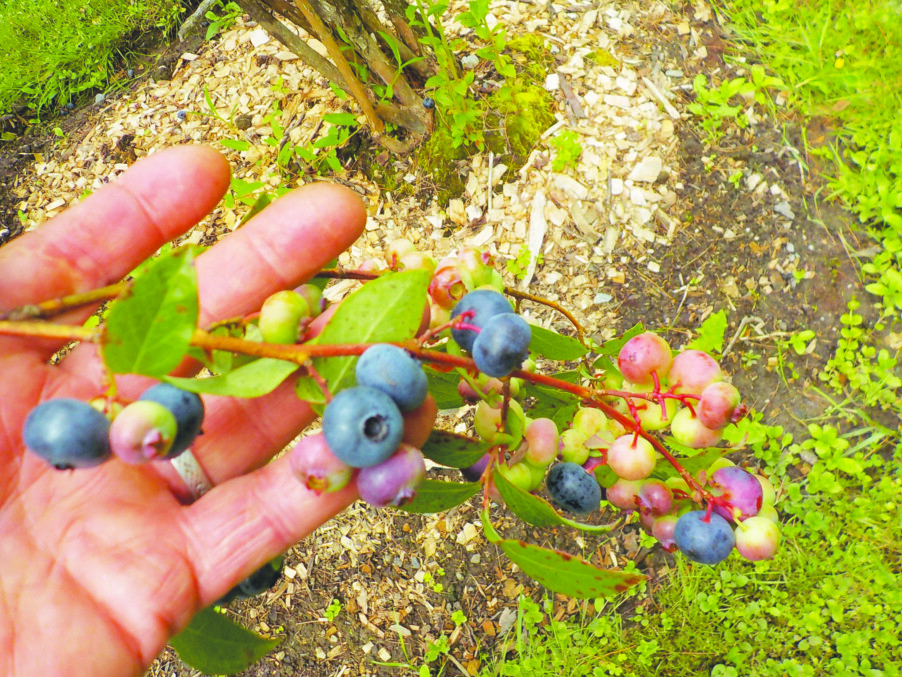Grow basil, eat pesto, let the kids help out
I love to cook, and I love to eat. I got started gardening in the vegetable garden more than 70 years ago, in part, because everyone I knew loved to eat homegrown vegetables — raw in the garden, fresh in the kitchen or cooked for dinner. I’d pull a carrot and rinse it off with a hose — or just wipe off the dirt on my shirt. My mother didn’t care if I ate some fresh (organic) soil with my carrot; she was just glad I liked carrots.
This is the season for pesto, a dish that is heavenly — and simple to make. It has just four basic ingredients: fresh basil, garlic, Romano or Parmesan cheese, olive oil and nuts (and salt and pepper to taste). I used to use pine nuts, but when their price went north of $20 a pound I switched to walnuts. They taste great, too.
We grow a lot of basil each year — 20 plants or more this year. You can grow it in big pots if you don’t have space for a vegetable garden. But this year, if you didn’t grow basil, visit your local farm stand and get a couple of big bunches. For my recipe you will need 2 cups of basil leaves packed down in a 2-cup measure.
If you grew your own basil, hopefully it has not started to bolt — get tall and flower. It will still be usable even if it has, but it is tastier before that happens. Throw away any flowers that have appeared — and snip off flowers on other plants that you are not harvesting today. Blossoming makes the basil a bit bitter.
Wash the basil, then spin dry in a salad spinner if you have one. Remove the leaves from the stems and then pat the leaves dry with a cloth towel. You need enough basil to fill a 2-cup measuring cup with leaves packed down firmly, which is a lot of leaves.
Place leaves in a food processor and add 1/3 to 1/2 cup of roasted walnuts or pine nuts and pulse a few times. I brown the raw nuts in a cast-iron fry pan at medium heat. They brown better if you lightly oil the pan. But be careful: They can easily be burned, so stay right there, stirring constantly until they just brown. I find roasting improves the flavor considerably.
Next, prepare the garlic. You can use a lot or a little, depending on your love of raw garlic. I crush three large or six small cloves of garlic in a garlic press, add to the blender and pulse. I grow my own garlic but you can buy it if you don’t. Har-neck garlic is more flavorful than soft-neck — ask for it at a farm stand, as grocery stores don’t tend to sell it.
Add 1/3 to 1/2 cup of olive oil slowly with the food processor running. Blend the ingredients until the leaves, nuts and garlic are totally blended. Finally add half a cup of grated Parmesan or Romano cheese and pulse until well mixed in. Taste immediately on a toasted baguette or an English muffin. This is heaven.
This has not been a stellar year for tomatoes. All the rain and the paucity of sun has caused many tomatoes to get overwhelmed by fungal diseases. Fortunately, one of my favorites has done well. It’s called Sun Gold. It’s a cherry tomato that is not only delicious but also relatively productive and disease-resistant. I grow a dozen plants each year and each plant gives me 100 tomatoes or more. They grow in clusters of 10 to 20, producing from early to late in the season.
I dehydrate most of my Sun Golds, but also love them fresh in salads, in sandwiches, or cut in half and mixed with pesto. When I put them in a food dryer, I cut them in half with the cut side up. They turn into little nuggets of summer I use all winter in soups and stews.
Pesto is also good with boiled homegrown potatoes. I serve it as a potato salad with fresh tomatoes and a little celery. Yes, after giving up on celery years ago, I grew it this year and it has done well with all the rain. Although in the past it was tough and stringy and attracted slugs, this year it has been a pleasure to grow. I don’t harvest it all at once, but go down to the garden and cut what I need for that day. The stems are much smaller than commercial celery, but I’m glad I grew it.
I think the world would be a better place if every child learned to garden and learned the joy of eating fresh vegetables. You can teach your kids or grandchildren to love gardening the way my family did: Welcome kids to the garden, offer them meaningful jobs that are easy and fun, and never leave them alone to pull weeds. Let little ones ride in a wheelbarrow on top of a pile of weeds you pulled.
One of my first jobs in the garden was to stir the “tea” my Grampy brewed in a wooden barrel full of rain water and hen manure. I stood on an apple crate and stirred it with a long stick. It was a messy job, and a bit stinky, but it seemed like real work to a 3-year-old. Eventually I was allowed to dip out the tea in a metal frozen orange juice can, and give each tomato plant one full can. I’ve been hooked on gardening ever since.
Gardening really should be for everyone, so get your little people to spend time with you in the garden, even if they only search for toads and bugs or push trucks around.
Henry is a lifetime organic gardener living in Cornish, N.H. He presents at garden clubs and libraries around the region, and is the author of four gardening books. Reach him at henry.homeyer@comcast.net.
Featured photo by Henry Homeyer.

